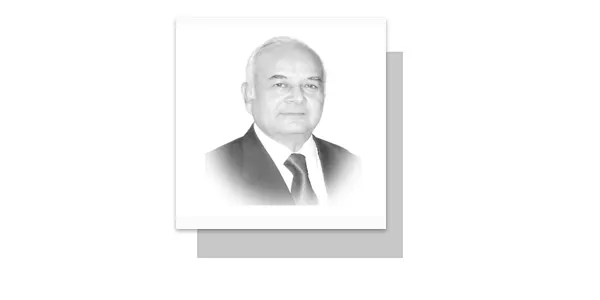INTRODUCTION: Pakistan’s complex challenges demand a comprehensive reimagining of its governance and societal structures. Drawing parallels between historical events of the past revolutions and present day Pakistan, offers an insight into transformative change. This article goes beyond the surface, delving into history and offering a detailed roadmap for reform across crucial sectors, including the integration of electronic voting machines, digitalization of the economy, and computerization of key government departments.
Historical context and shared realities: The comparison with many past revolutions and the rise of discontentment of the totally crushed middle and poor Pakistani class, underscore the dangers of unchecked privilege and inequality. The extremely difficult but potentially highly explosive struggle of the teeming millions of the current day Pakistan against the prevalent vast disparity, points towards the immediate need for a genuine change in Pakistan’s socio-political landscape, detailed as below:
Governance and institutional strengthening: (1). Judicial reforms: Speedy trials, accessible legal aid and transparent appointments can rejuvenate trust in the judiciary. (2). Electoral reforms: Introducing electronic voting machines can enhance transparency and efficiency, minimizing room for manipulation. (3). Anti-corruption measures: Independent anti-corruption agencies, digital audit trails and whistleblower protections can stem corruption’s tide. (4). Decentralization: Empowering local governments ensures effective service delivery and community involvement.
Economic revitalization: (a). Inclusive policies: Vocational training, microfinance and social enterprises can uplift marginalized communities and alleviate poverty. (b). Agricultural modernization: Technology adoption, irrigation improvement and fair credit access can revitalize the agricultural sector. (c). Education revolution: Robust investment in education, especially for marginalized groups, secures a skilled workforce.
Digital transformation and technological advancement: (1). Electronic voting machines: Integration of secure and verifiable electronic voting machines ensures transparent elections. (2). Digital economy acceleration: Fostering e-commerce, e-banking and digital payments supports economic growth and financial inclusion. (3). Computerized taxation and customs: Streamlining tax collection, minimizing human interface and automation can curb corruption. (4). Modernizing police work: Digitizing crime reporting, evidence management and personnel records enhance police accountability.
Social equity and justice: (a). Gender equality: Enforcing and expanding laws promoting women’s rights empower women and reshape societal norms. (b). Minority empowerment: Upholding minority rights through legal safeguards and representation fosters inclusivity. (c). Comprehensive welfare programmes: Robust social safety nets, accessible healthcare and affordable housing uplift vulnerable populations.
Foreign relations and regional stability: (1). Diplomatic engagement: Constructive dialogue and conflict resolution promote regional stability and cooperation. (2). Diverse trade agreements: Expanding trade partnerships diversify economic avenues and reduce dependency.
Youth empowerment and innovation: (a). Digital infrastructure: Internet expansion, e-learning platforms and tech hubs unleash youth potential. (b). Startup ecosystem: Mentorship, incentives and venture capital encourage entrepreneurial spirit.
Conclusion: By weaving historical insight into contemporary analysis, Pakistan can forge a path towards revival and equity. Integrating electronic voting machines, embracing digitalization and prioritizing computerization across vital sectors underpin transformation. This holistic approach addresses governance, economics, justice and innovation, steering Pakistan away from its quagmire and towards a future of hope, progress and shared prosperity.
—The author writes on strategic, political, economic, current affairs & sports.
Email: [email protected]










